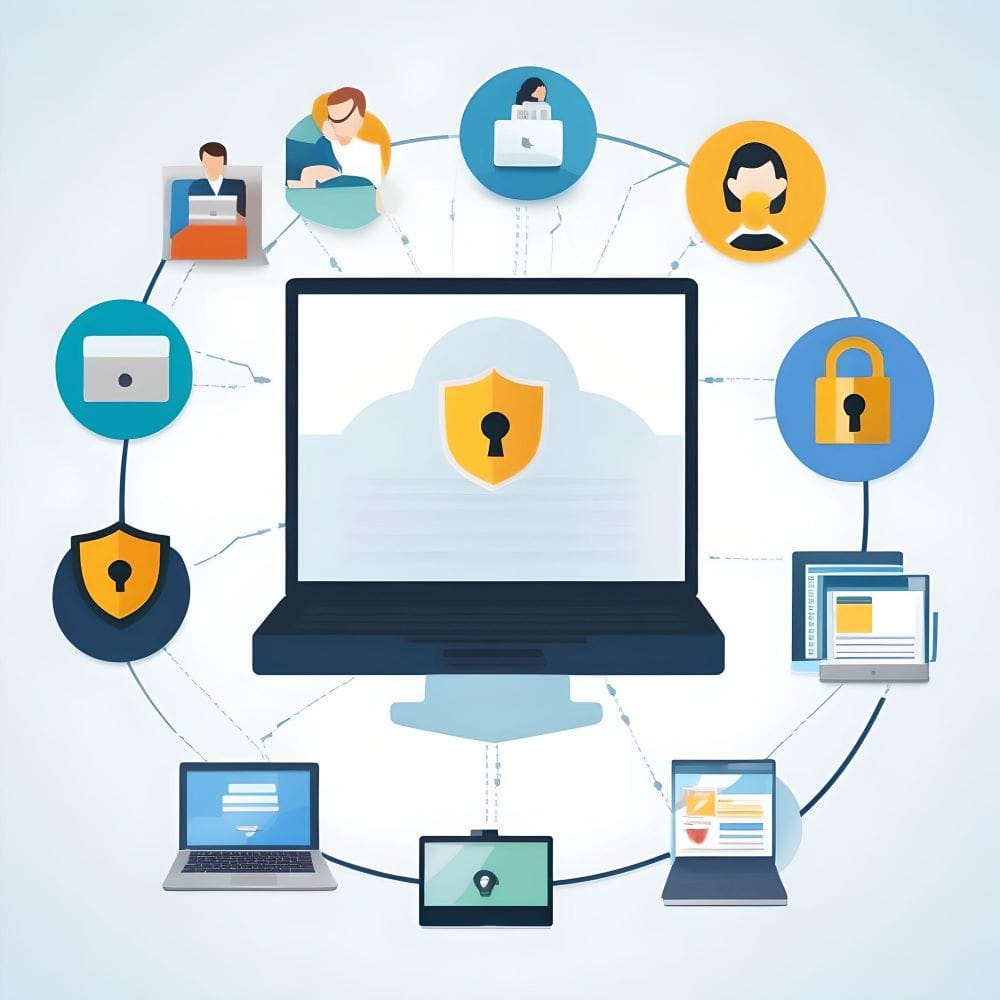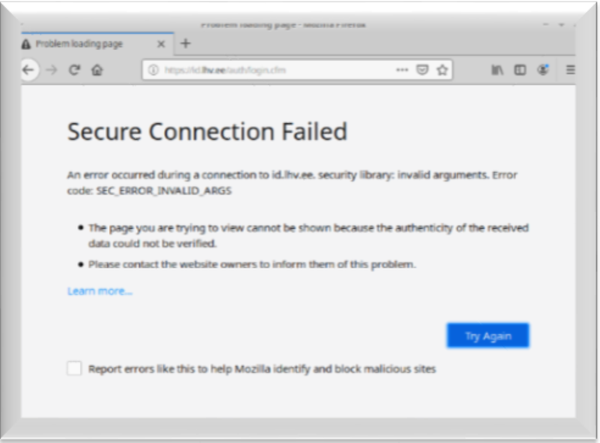A GUIDE TO RECOGNIZING AND AVOIDING ONLINE PHISHING SCAMS
A phishing attack is a type of cyber threat in the network cyberspace that consumes unsuspecting individuals. The assaulter employs sly tactics to make victims divulge their sensitive data. Join me as we venture into the world of phishing attempts.

INTRODUCTION TO PHISHING ATTACKER – CYBER THREAT AND CYBER SECURITY ISSUE
Phishing attacks, similar to anglerfish, are a pervasive and essentially insidious cyber threat in the colossal network of cyberspace that consumes unsuspecting individuals. Phishing is a kind of digital assault where the assaulter employs sly tactics to make victims divulge their sensitive data, such as passwords, logins, or bank account information. To cause the victim to perform such activities as opening malicious attachments or links, clicking on harmful ones, or disclosing personal information, fraudsters pretend that something is necessary at this very minute. The goal of this is to exploit human psychology so that sensitive, no-permission information can be obtained. Identity thieves, financial gainers, and other criminals can use this information. It is fundamental to understand the nuances of these insidious tactics to enhance your digital security. Join me as we venture into the world of phishing attempts, reveal their tactics, and arm you with the knowledge to locate these online hazards and combat them effectively.
VARIOUS FORMS OF PHISHING ATTACK
Phishing attacks typically involve fraudsters masquerading as reliable parties via emails, texts, or other communication to trick individuals into providing sensitive information. These attacks could be seen on a variety of sites, including social media units, text messages, and emails. For better outcomes, people and organizations should know the different types of phishing attacks to be able to implement effective cyber security solutions, meaning they will heed anti-threats that are evolving.
- Phishing via email:
Simultaneously, email continues to be the target of preference for phishing assaults. These e-mails are done by cyber-criminals in such a way that they look like official correspondence from governments, banks, or media sites. Such communications, convincing the receiver to open threatening attachments or click suspicious links, often request personal information urgently.
2. Phishing in search engines:
Here, hackers tamper with search engine rankings to direct consumers to rogue websites. Users may unintentionally click on links that seem trustworthy but are meant to steal their login information.
3. SMS Phishing, or Smishing:
However, with increased mobile device usage, smishing is becoming more frequent. The attackers send the victims text messages that seem to be from reliable sources and trick them into responding with sensitive information or clicking on links leading to malicious sites. It is also important to be alert to judge whether unexpected SMS messages are true.
4. Spear phishing:
Spearfishing is a more targeted method that involves cyber-criminals tailoring their messages to specific individuals or organizations. Such attacks often use personal information to create a perception of validity. Deep research is done to obtain as much private data about the target as possible, increasing the credibility of the phishing attack.
5. Vishing:
This includes voice-call phishing, where criminals impersonate reputable organizations. This is to make people reveal personal information on the phone.
6. Clone Phishing:
In this case, hackers copy or clone an original email or website. To mislead readers into giving away personal information, malicious links or attachments are added to the copied content.
7. CEO fraud or whaling:
This category of phishing attacks is aimed at the CEOs and other senior officials within an organization. Fraudsters often claim to be high-level managers and force employees to transfer funds or reveal sensitive data.
8. Business Email Breach:
This involves gaining access to a corporation’s email address, so one can commit fraudulence acts. The hacked accounts may be used to send a false bill for payment, redirect the transfer of money, or even get private information.
9. Social media phishing:
Attackers exploit social media platforms to deceive users into revealing personal data through fake profiles or pages.
10. Watering holes attack:
This involves targeting frequently visited websites to distribute malware or enact phishing schemes. Visitors to the infected website run the risk of unintentionally downloading malware or falling for phishing scams.
Identification of Phishing Red Flags
To effectively protect yourself from phishing attacks, it is imperative to be able to identify potential warning signs. Phishers employ a range of tactics, but specific red flags can help you stay vigilant while online:
- Vigilance towards suspicious senders: Exercise caution when receiving emails or messages from unknown sources or those that seem unimportant, even if they appear urgent or attractive with alluring deals.
- Pay attention to language. Be wary of clever wording, incorrect grammar, and typos, as these tactics are often used in hastily created schemes.
- Beware of urgency tactics: Phishers often rely on urgency as a means to elicit a quick response, tapping into our fear of missing out or facing severe consequences.
- Don't fall for offers that seem too good to be true. If an offer sounds too generous or unbelievable, it is likely a ploy to deceive you. Be wary of such enticements.
- Be cautious of questionable attachments and links; be sure to hover your cursor over them to ensure they lead to reputable sources.
- Be on alert for signs such as generic greetings, email addresses with typos, sender email addresses that seem suspicious, and urgent requests. Genuine organizations rarely request confidential information through unsecured means.
PREVENTATIVE MEASURES AGAINST PHISHING ATTACK
- Educate and train:
Stay informed about the latest phishing techniques and educate those around you, including friends, family, and colleagues. One of the best defenses against these threats is awareness. Consider hosting regular cyber security training sessions to help people recognize and report phishing attempts.
2. Maintain a healthy level of skepticism.
Even seemingly authentic emails can have subtle warning signs. Be cautious of unexpected notifications, especially when they pressure you to take immediate action.
3. Take advantage of two-factor authentication.
By requiring additional verification, even if your login information is compromised, implementing MFA adds an extra level of security.
4. Verify suspicious communications.
Be cautious of questionable communications, and independently verify any unexpected requests or messages. Contact the organization directly using their official contact information to confirm the legitimacy of the communication. Preview the URL by hovering your mouse over links in emails to check for reputable and identifiable web addresses. If a link seems suspicious or unfamiliar, refrain from clicking on it and report the email to your IT department or a trusted company.
5. It's important to always ensure that websites use HTTPS encryption to protect your data when communicating online.
Before entering any sensitive information, always check that the website's URL starts with https:// and contains a padlock symbol in the address bar. It is important to avoid websites that do not have this security measure, as they could be fraudulent attempts to steal your personal information.
6. Be cautious of emails that request immediate action.
Phishing emails often create a sense of urgency by claiming account issues, imminent account closures, or limited-time offers. If you receive such an email, be suspicious and take the time to verify its legitimacy. Legitimate organizations typically provide ample time and alternative methods for addressing any concerns.
7. It is highly advisable to double-check the contents of emails before taking any action.
Phishers often use deceptive techniques by imitating legitimate organizations. Pay close attention to any discrepancies in the email structure or impersonal greetings. When in doubt, it is best to contact the company directly.
8. It is crucial to regularly update your operating system, browser, and antivirus software to patch any security vulnerabilities and protect your devices.
Keeping them up-to-date is a proactive way to ensure your online safety.
CONCLUSION
Don't let phishing attacks get the best of you! While they may be commonplace, staying informed and vigilant can help you avoid becoming a target. By familiarizing yourself with the tactics used by cybercriminals and staying one step ahead, you can strengthen your digital defenses. Keep yourself sharp, aware, and ahead of the game to protect your online world from phishing attempts.
Thanks for reading.
If you like the article, consider sharing and subscribing. ;)





